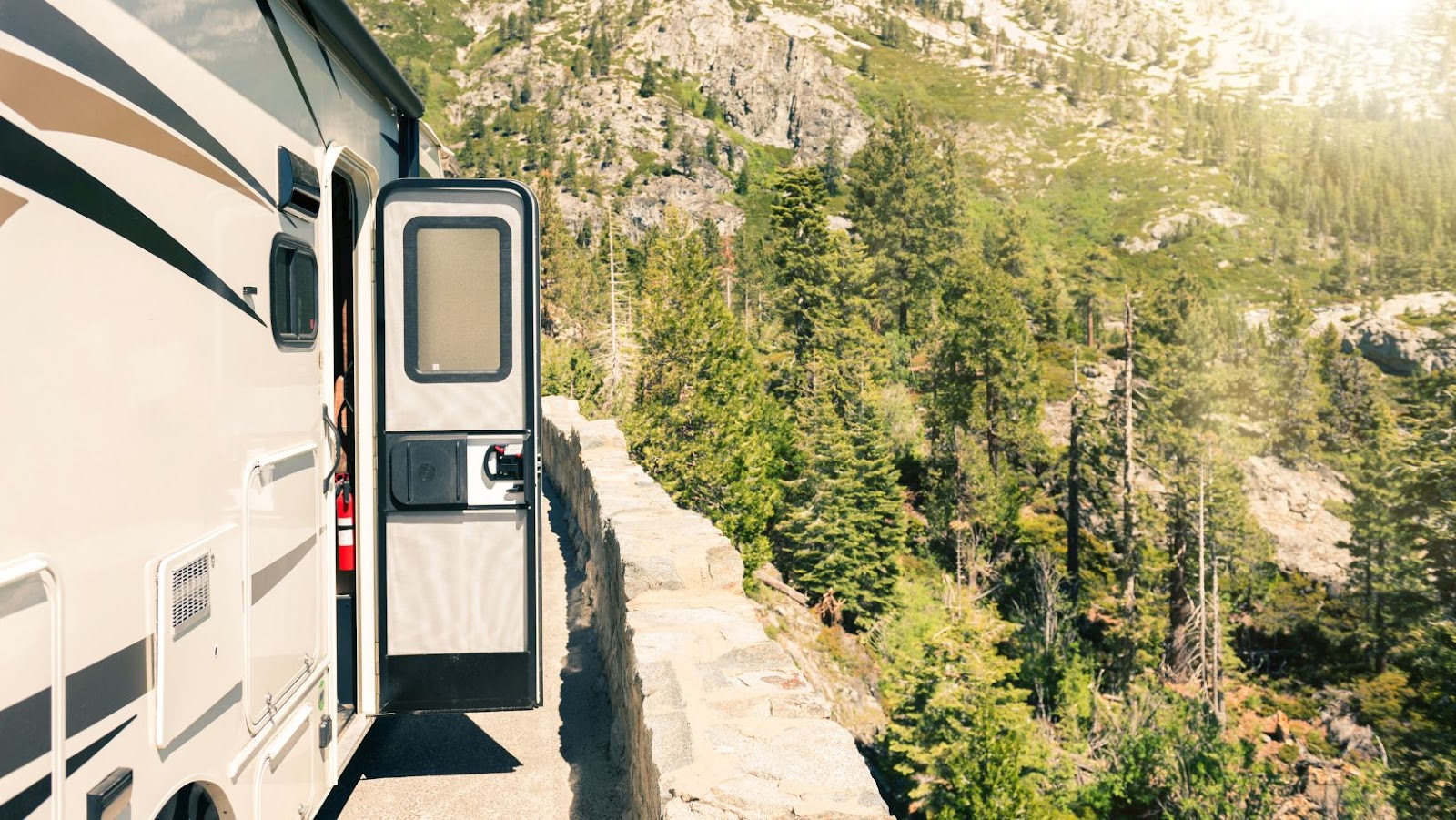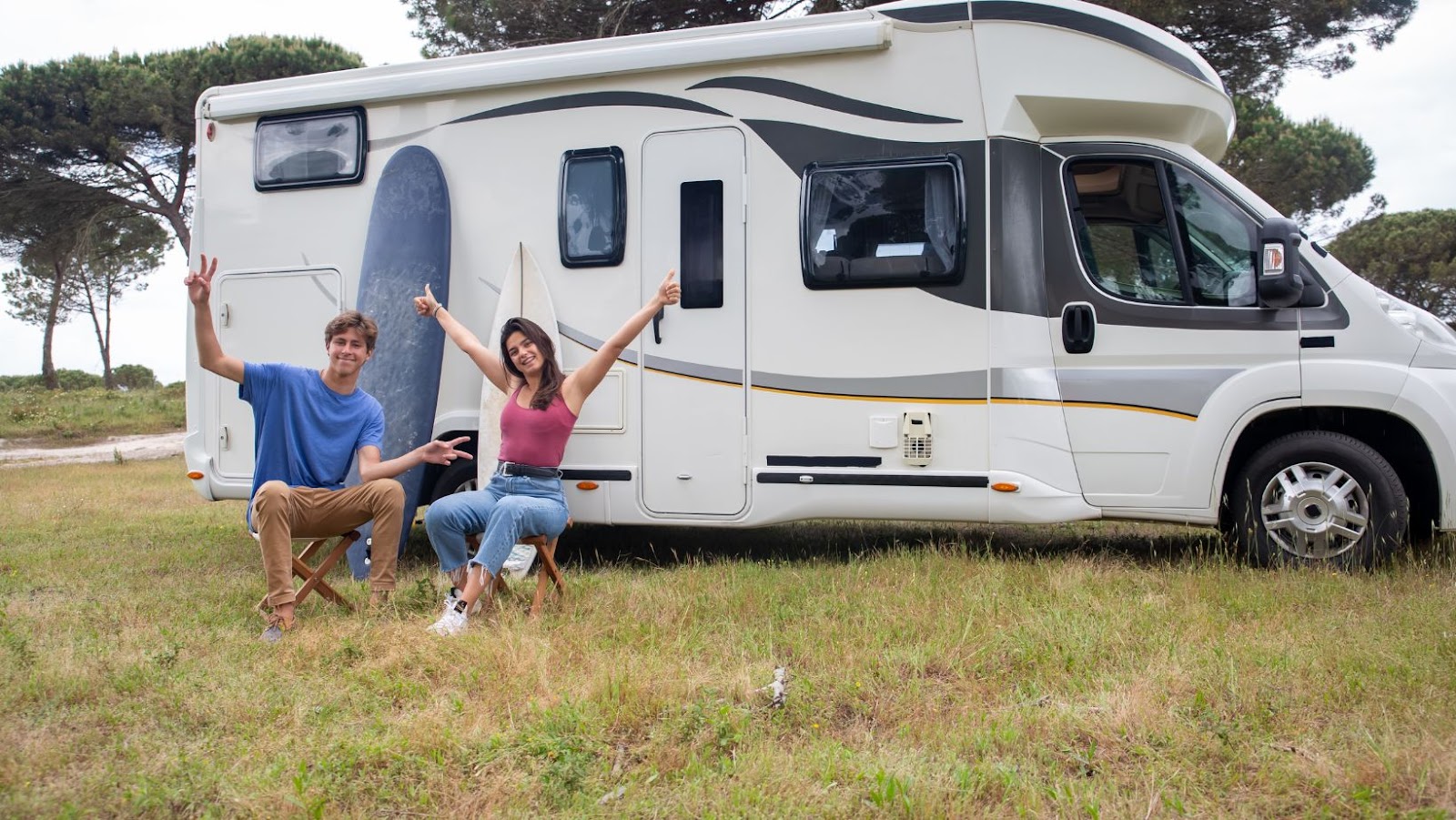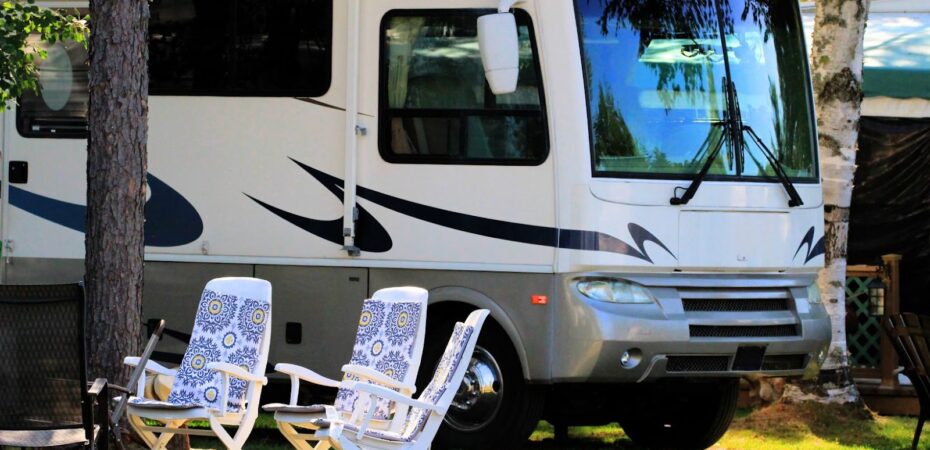RVing is a great way to see the globe, but before you hit the road, make sure your vehicle is ready for the adventure. In this post, you will find a comprehensive checklist for getting your RV ready for your next road trip.
Check and Maintain the Mechanical Components of Your RV
Before hitting the road, it is essential to check the mechanical components of your RV. This includes the engine, brakes, transmission, tires, and fluid levels. Make sure to have your RV serviced by a certified mechanic to ensure it is road-ready.
Clean and Sanitize the Interior of Your RV
Cleaning and sanitizing the interior of your RV is crucial before embarking on a road trip. Start by removing any clutter and organizing your belongings. Then, clean all surfaces, including countertops, floors, and furniture. Finally, sanitize the entire interior to ensure a safe and healthy living environment.
Stock Up on Essential Supplies
When traveling in an RV, it’s important to be prepared for any situation. Make sure to stock up on essential supplies, such as water, food, toiletries, and a first aid kit. Also, don’t forget to pack extra blankets, clothes, and other personal items.

Insulate Your RV
Insulating your RV can make a big difference in keeping it comfortable and energy-efficient. This is especially important if you are traveling in extreme temperatures. A reflective insulation roll is an excellent option for insulating your RV. It works by reflecting heat back into the RV, keeping it warm in the winter and cool in the summer. Additionally, it can help reduce your gas costs (and we all know it’s become liquid gold!) by preventing heat loss or gain.
Test Your RV’s Electrical and Plumbing Systems
Before hitting the road, it’s important to test your RV’s electrical and plumbing systems. Make sure all electrical systems are in working order, including the lighting, heating, and air conditioning. Also, check for any leaks or blockages in the plumbing system. Knowing where the water pump is located in your RV is essential if you want to update your plumbing, so make sure to check out our article covering that topic.
Check Your RV’s Safety Equipment
RV travel can be dangerous if proper safety precautions are not taken. Make sure to check all safety equipment, including smoke detectors, carbon monoxide detectors, fire extinguishers, and emergency exits. Additionally, make sure you have a working GPS or map and know the emergency numbers for the areas you’ll be traveling through. You can always download the map of the area you’ll go through on your phone. This way, you won’t get lost when you’re offline without having to learn how to maneuver a paper map.
Check Your RV’s Exterior
Before hitting the road, it’s important to check your RV’s exterior. This includes inspecting the roof, tires, and exterior lights. Check the roof for any cracks or leaks, and make sure the tires are properly inflated and in good condition. Also, test the exterior lights to ensure they are all functioning properly. In addition, make sure to clean the exterior of your RV to remove any dirt, grime, or debris that may have accumulated.

Make Sure You Have the Necessary Documents
When traveling in an RV, it’s important to have all the necessary documents with you. This includes your driver’s license, vehicle registration, and proof of insurance. If you’re traveling across state lines, you may also need to bring additional documents such as your passport, visa, or travel permits.
Prepare for Emergencies
No matter how well you prepare for your road trip, emergencies can still happen. That’s why it’s important to have a plan in place for emergencies. Make sure to bring a well-stocked first aid kit, as well as emergency supplies such as a flashlight, extra batteries, and a portable phone charger. You may also want to consider investing in a roadside assistance service, which can provide help in case of a breakdown or other emergency.
Plan Your Route and Stops
Finally, it’s essential to plan your route and stops before embarking on your road trip. This will help you save time and ensure you don’t miss any exciting attractions along the way. Make sure to map out your route and plan your stops for rest, food, and fuel.


 By
By 




